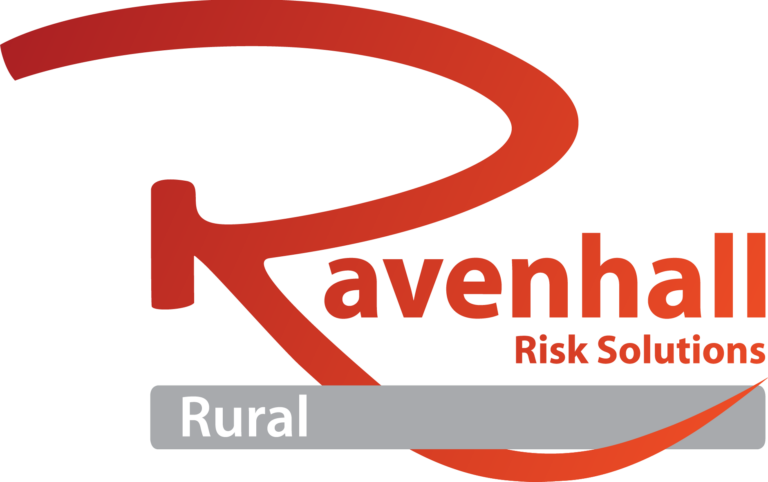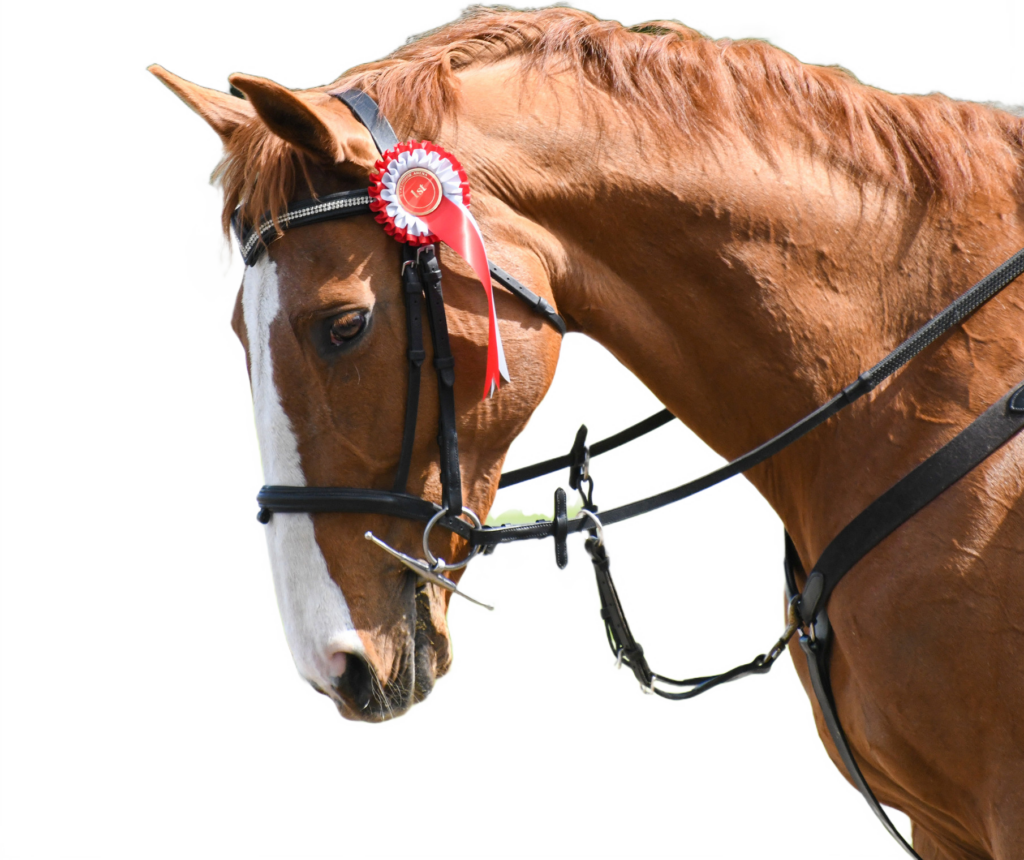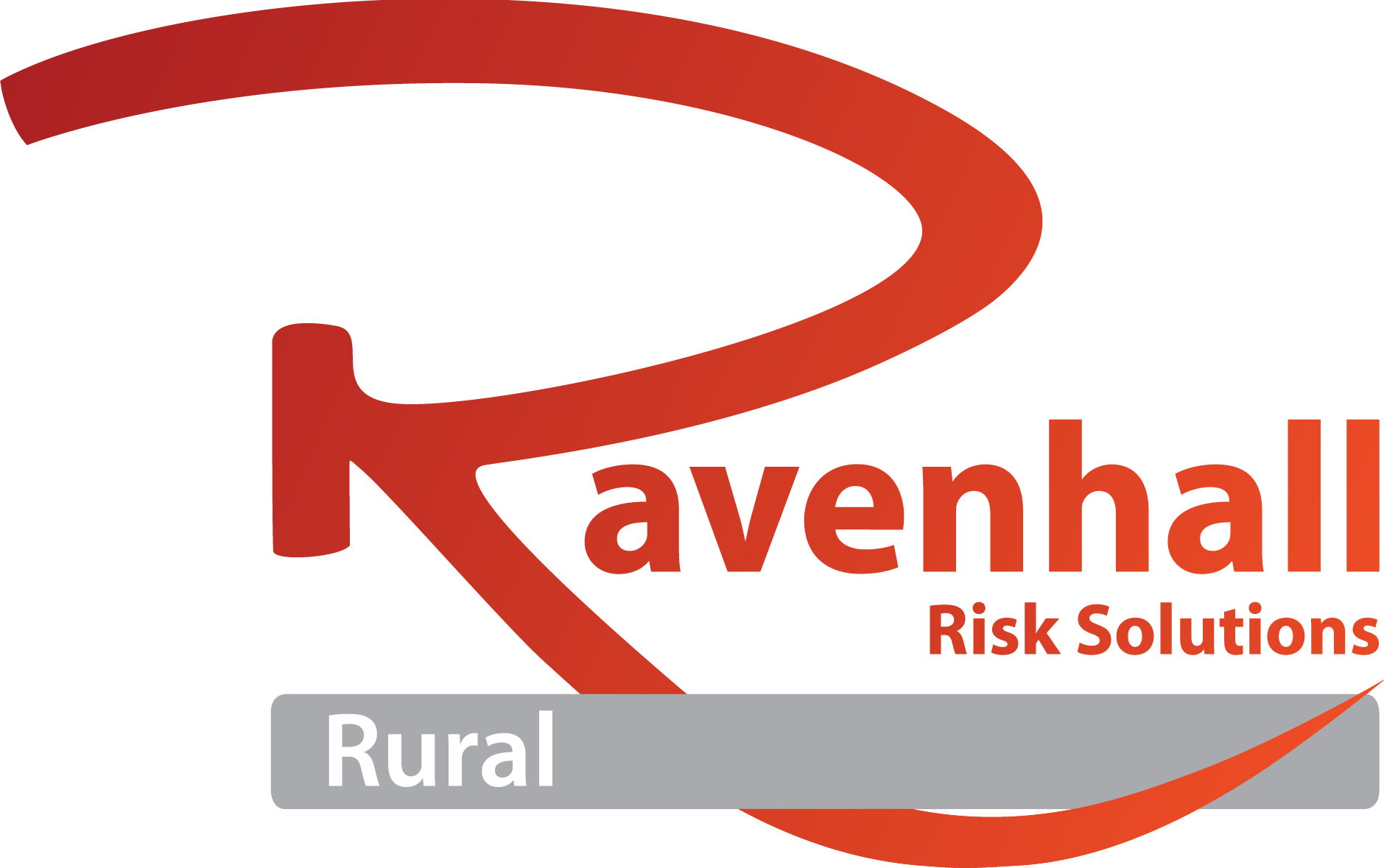As many horse riders take to the roads, keeping themselves and their horses safe while sharing road space with fast moving vehicles is a key concern. Increasing development and traffic volume in rural areas have made road riding a necessity for some riders. For others, road riding is their only option to combat the repetitive arena riding or to get the place they want to be with their horse.
Why it’s important to have safer roads for horse riders
- 1,010 road incidents involving horses have been reported to The British Horse Society
- Of these, 46 horses have died and 118 have been injured
- 130 people have been injured because of road incidents
- 45% of riders were victims to road rage or abuse
- 80% of incidents occurred because a vehicle passed by too closelyto the horse
- 43% of incidents occurred because a vehicle passed by too quickly
As Chartered Insurance Brokers and a team of experienced equestrians, Ravenhall Rural understand the importance of creating a safe environment for all road users. With this article, we have provided some advice for horses riders and vehicle users to ensure everyone is safe whilst using the roads.
Tips for being road safe as a horse rider
Be safe and road aware
- Are you ready to head out on a hack? Are you confident and capable of controlling your horse if there’s a problem on the road? The BHS have created a ‘Ride Safe Award’ which you can receive after taking part in a Ride Safe assessment. This assessment can give riders the confidence to ride on roads. Find out more here.
- Warm up your horse with a ride or a lunge at home or in a safe area – let them release any pent-up energy in a safe, familiar environment.
- Choose your route wisely! Some roads can be dangerous to ride on because of shoulder width, traffic speed, or volume of traffic. Make sure you choose the route with the widest road, the lowest speed limit, and the least amount of traffic where possible.
- When crossing a road, select a safe spot to cross. Choose an area to cross where approaching cars are easily seen and heard. Dismount and lead your horse if you are unsure of your safety in the saddle.
Be seen with your horse
- Highly visible clothing for the rider is a must when riding out on the road. Ensure all riders are wearing bright colours and a reflective vest if possible. Fitting your horse with reflective leg wraps, brow bands, breast collars and stirrup bars make your horse as visible as possible.
- Another great visibility aid if you’re caught out after dark is a flashing LED safety light that may be attached to your saddle or clothing. These lights were designed for cyclists, but also work great for riders. The intermittent flash of the light attracts a driver’s attention making you more visible and them more aware.
- If riding in a group, let the most visible and experienced person ride closest to approaching traffic.
Be aware and stay safe
- If you feel unsafe in the saddle, dismount and walk your horse instead. However, most experienced riders will agree that when your horse is frightened, you are usually safer in the saddle than on the ground. If you’re on the ground, a frightened horse might jump right into you, stepping on you or knocking you down. But if you are nervous in the saddle, your own nervousness may frighten your horse even more, so in that case it may be safer to hand walk your horse until you reach a point where you feel safe to remount.
- Watch for animals along the route, such as barking dogs that may suddenly dart out, cows, pigs, or other farms animals that your horse isn’t accustomed to. Even another horse behind a fence, especially one that is running, can frighten your horse.
How can vehicles pass horse riders safely:
Many horse riders may also be car owners, and in which case have a good understanding of how to pass horses safely. However, to keep the roads safe for everyone, there are a couple of things drivers can do.
- Reduce your speed and be ready to stop. This can give riders a chance to spot the car and prepare their horse for your passing. Speeding past a horse can cause incredible danger for both the rider and the horse so be patient and give them room – at least a car’s width and pass slowly.
- Cyclists can also be particularly frightening to horses because bicycles often approach very quietly appearing to the horse like a ‘predator’. If you are aware of a cyclist approaching, ask them to speak to you. Hearing the human voice from the “predator” will help ease your horse’s fear.
- Avoid any actions likely to spook the horse such as splashing them with puddles, sounding your horn or revving your engine.
- Watch out for signals from the rider to slow down or stop. By slowing your vehicle down, you should be able to spot these signals.
- Don’t expect all riders to raise their hand in thanks when you drive considerately – if it’s not possible to take a hand off the reins and maintain control, most will smile or nod their thanks instead.
- Accelerate gently and give the horse and rider a wide birth as you pass. If you’re approaching a bend in the road or a hill, please stay patient and hold back.
Join in with ‘Ride out UK’
 Between May and October 2021, The British Horse Society are fundraising for ‘Ride Out UK’. This scheme has been created to raise money to restore and repair equestrian routes across the UK. There are many ways that you can get involved, including taking part in Rideathon, a 70km hacking challenge, or attending an organised ride. Find out more – here.
Between May and October 2021, The British Horse Society are fundraising for ‘Ride Out UK’. This scheme has been created to raise money to restore and repair equestrian routes across the UK. There are many ways that you can get involved, including taking part in Rideathon, a 70km hacking challenge, or attending an organised ride. Find out more – here.
Are you insured?
If you’re looking for any further help or advice, contact our team. Ravenhall Rural offer horse and rider insurance, which can give you the additional piece of mind when using the road. It is important to ensure that you fully understand the cover options available to allow you to make an informed decision. As Chartered Insurance Brokers we can provide you with the best possible advice on products from a wide range of insurers. Our specialist team of equestrian advisers are on hand to ensure that you have the right product for your needs.


